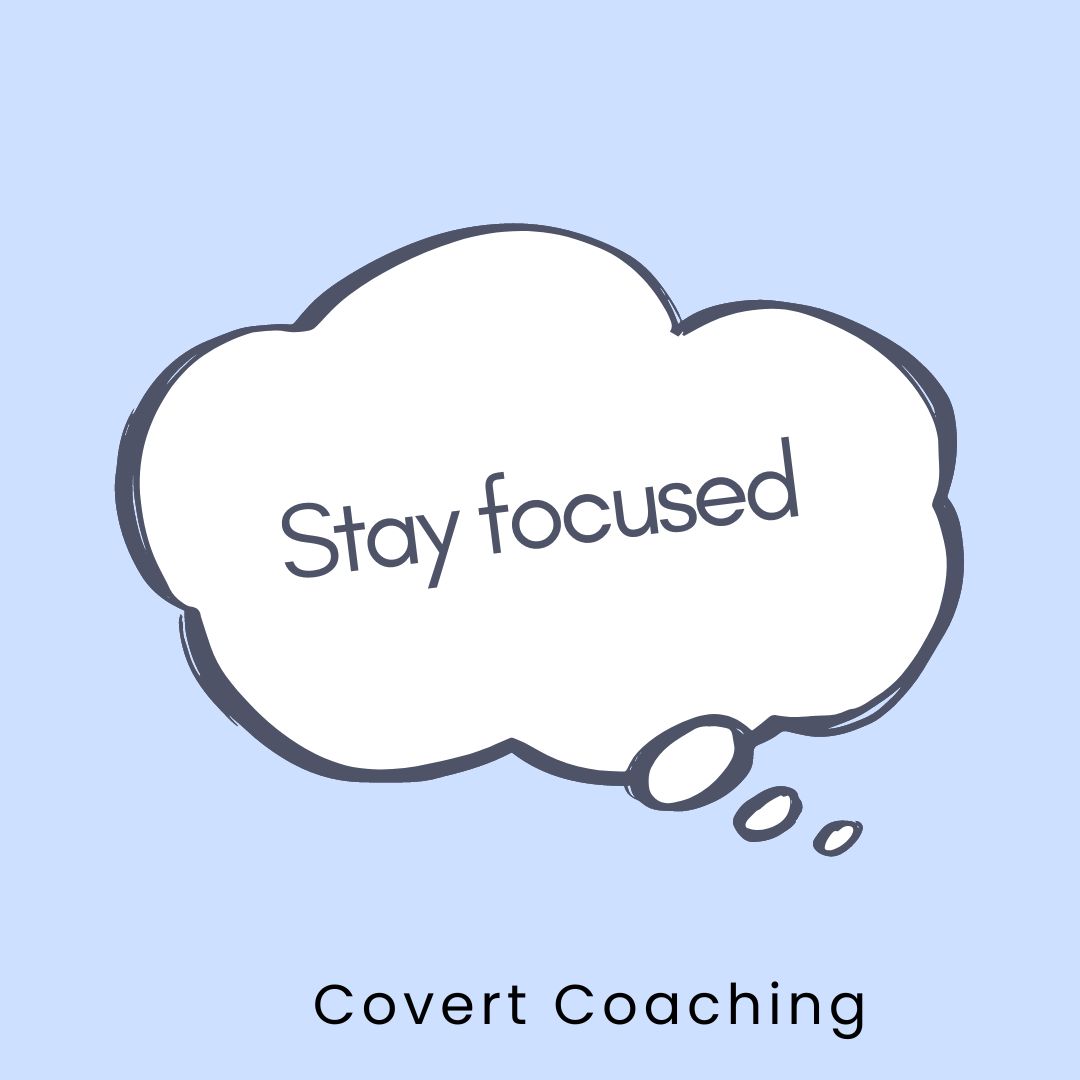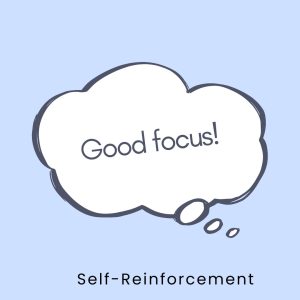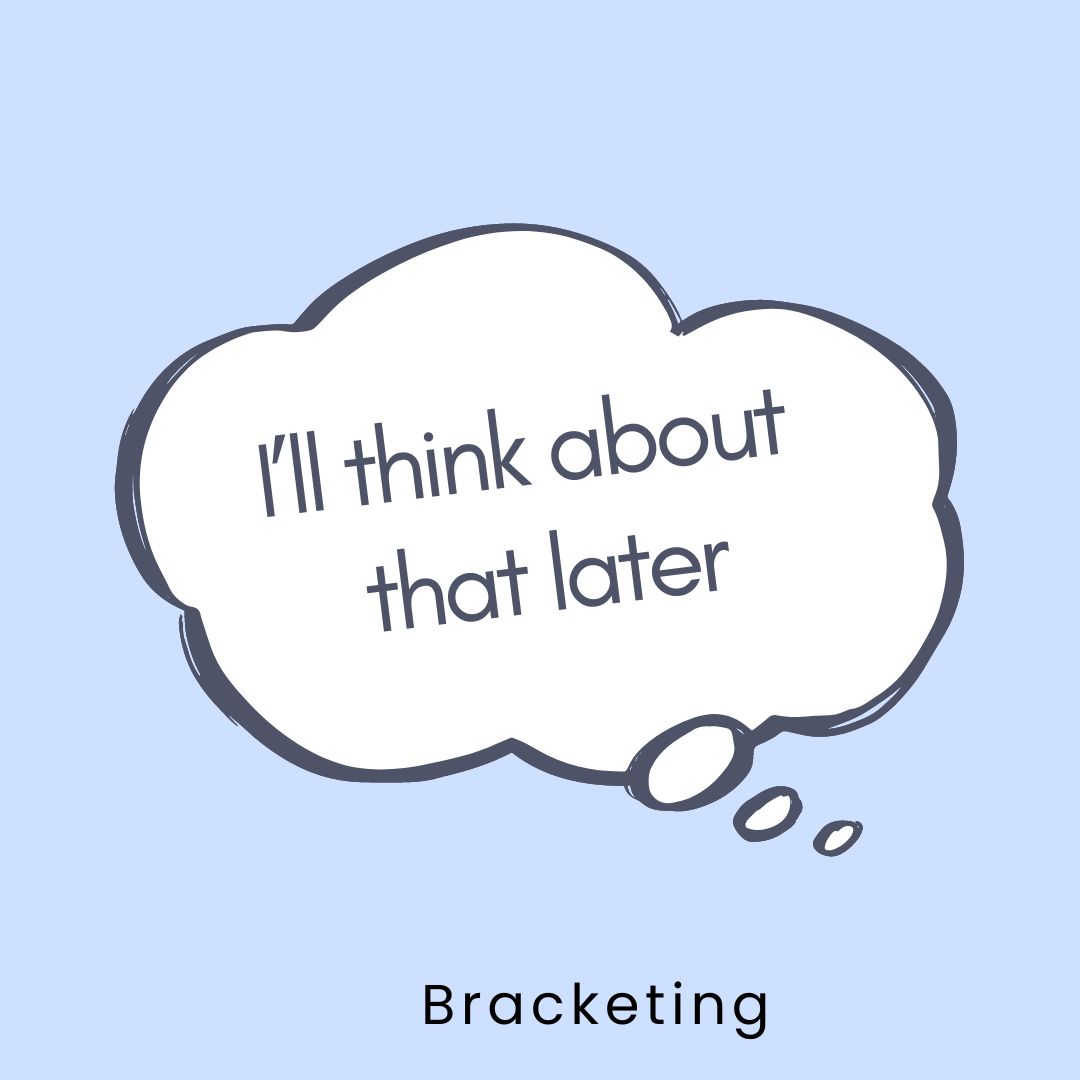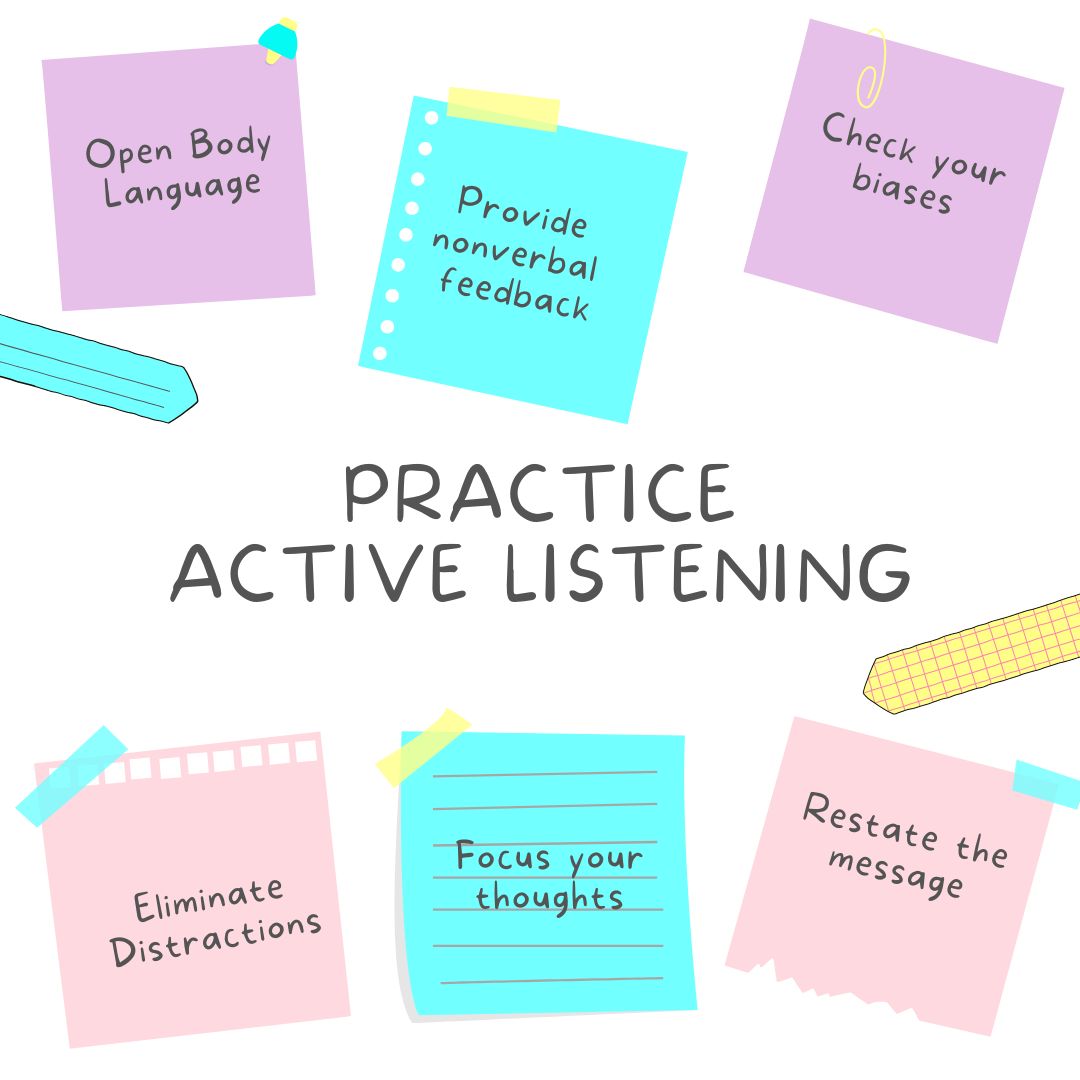4 Listening is Key to Coaching
Lynn Meade
“The most basic of all human needs
is the need to understand and be understood.
The best way to understand people is to listen to them.”
~ Ralph G. Nichols
Listening is Not Just Hard, It is Nearly Impossible!
There I sit, knowing that I have a student appointment in a few minutes, so I open my email. Oh, this is important, I need to respond right away. Now my phone goes off, it’s my husband asking about plans after work. I’ll send him a response. The next email is from a student needing an extension…again. My student walks in nervous about their first coaching conversation. I greet them quickly and invite them to sit while I finish this email. I finish and then greet my student. I’m trying to be present but really, my mind is elsewhere.
George Bernard Shaw wrote, “The single biggest problem in communication is the illusion that it has taken place.” I think that is especially true of listening.
Active listening goes beyond simply hearing words; it involves fully engaging with the speaker, understanding their message, and responding in a way that demonstrates comprehension and empathy. Active listening is a cornerstone of effective communication. It is crucial when working with students who may be apprehensive about meeting with you to make these students feel heard and understood.
In this chapter, you will learn active listening strategies so that you can effectively coach your students.
Learning Objectives
Coaches will be able to…
- Create an open and inviting listening environment through open body language
- Evaluate the listening environment and adapt to reduce distractions.
- Reduce behaviors that impede listening.
- Practice active listening strategies in coaching conversations
Let’s Talk About Some of the Barriers to Listening
Environmental Barriers
Some of you have an office where you can control your environment. If this is you, take a minute and sit in the chair where students sit. Look at your office from their perspective. Are the things around your office reminders of how powerful you are or how approachable you are? Are there small fixes that you can do to make your students more comfortable?
If you meet students in an open location like the library or a coffee shop, scout it out beforehand. Are there TVs and moving billboards? Are there windows that overlook a busy street? If possible, sit in a place where you can minimize these distractions.
Regardless of where you meet a student, be aware of the impact of the listening environment and consider its impact on both you and the student.

Electronic Barriers
A computer screen between you and your student is a barrier. When possible, close your laptop or turn the screen off. This helps create a space for eye contact and engagement. Fun fact, when your smartphone is in view, you will look at it even if it is turned off. Studies suggest that a visible phone, even when turned off, can signal to students that you have divided attention. That glance at your phone or computer can send a powerful message to your student. It says that you are not fully present.
In case you haven’t heard of it, there is a term for looking at your phone or watch, it’s called phubbing–phone snubbing. Research suggests that it is harmful to relationships. Phubbing inadvertently signals that someone not present (the person on your phone, watch, or computer) is more important than the person you’re with.
To avoid distractions, be proactive. Turn off your computer, or at a minimum turning off notifications. Put your phone on silent and out of view. These little things are big things when it comes to making others feel respected and valued.
Reading Carefully is the New Listening
In her book “Digital Body Language,” Erica Dhawan emphasizes the importance of effective digital listening. What she means by this is that we often skim emails rather than reading them carefully. We dedicate less time to computer messages than to in-person communication as if the person typing is less important.
She argues that these are challenges to our digital listening.
- Screen vs. Print: We generally comprehend less when reading on screens compared to print.
- Skimming: When reading emails, we tend to skim rather than carefully read the content which can cause us to overlook important details.
- Multitasking: We’re often prone to dividing our attention while engaging with digital communications.
To improve, she recommends:
- Prioritizing quick response times, even if it’s just to acknowledge receipt and promise a fuller response later.
- Demonstrate thorough reading by addressing all relevant points and answering every question in the original message.
Digital listening has its nuances. Failing to recognize and respond to these can make others feel unheard or ignored in digital communications.
As coaches, we should realize that for our students digital listening matters.

Body Language of Listening
Our nonverbal cues can significantly influence how students perceive our attentiveness and openness. Research in nonverbal communication has identified several key behaviors that, when used appropriately, can foster positive connections:
- Maintaining appropriate eye contact
- Adopting an open body orientation (facing the student, uncrossed arms and legs)
- Leaning slightly forward to show engagement
- Nodding occasionally to show understanding
Of course, we should always consider the context, culture, and individual comfort levels when applying these techniques.
The challenge for coaches lies in balancing two aspects of body language–projecting open and attentive nonverbal cues while avoiding overinterpretation of students’ body language. While we strive to present ourselves as active listeners, we must be cautious about drawing hasty conclusions from our students’ nonverbal signals. When we “read” our students, there are many reasons that they might not have the body language that we expect. Crossed arms might not mean they are defensive, it might mean they are cold (or they are hiding the chili stain on the front of their shirt.)
Focus on creating a welcoming environment through your body language while maintaining an open mind about the student’s nonverbal cues.
To further explore the complexities of interpreting body language in coaching sessions, consider the following scenarios:

Using Self-Talk to Motivate You to Listen
We all have internal dialogues running through our heads at any given time. This self-talk can be a friend or foe when listening. It can be a problem when our internal thoughts are keeping us from listening to others and it can be a positive thing if we use that self-talk to remind us to listen. Here are four ways to help self-talk work for you: Covert coaching, covert questioning, self-reinforcement, and bracketing.
Making Self Talk Work For You, Not Against You

Covert Coaching
Covert coaching means sending yourself internal messages to coach yourself to listen.
- “You’re getting distracted by things you have to do after work. Just focus for now.”
- “Listening is learning.”
- “They deserve to be heard.”

Covert Questioning
Covert Questioning means asking yourself internal questions that help you focus and prepare you to inquire for more information.
- “What are they asking?”
- “Why is he blaming others for his failures?”
- What is her highest need?”
- “How does what this person is saying apply to her or him?”

Self-Reinforcement
Self-reinforcement means to remind yourself that you are doing a good job.
- “You’re being a good active listener. This will help you ask better questions.”
- “Good job resisting the temptation to look at your smartwatch.”
- “Nodding your head is helping you to pay attention.”

Bracketing
Bracketing means mentally putting brackets around your thoughts to hold them at bay while you listen. Some people imagine a locked box or a safe where they keep those distracting thoughts in a convenient place.
- “I’ll think about that later.”
- “Not now”
- “Be where you are, so put those other thoughts aside.”
Listen to Know if They Want to Be Helped or to Be Heard
There are many reasons that students come to us as coaches. In many cases, it is because they have a problem and need help, but in some cases, they just need to be heard. Taking the time to listen first and ask clarifying questions helps you know how to proceed.
Check Your Bias
As coaches, we must recognize that we all have biases that can affect our ability to listen and accurately assess a student’s situation. One such bias is the ‘just-world hypothesis,’ a cognitive bias that can significantly impact our interactions with students.
The just-world hypothesis is the tendency to believe that people generally get what they deserve. This belief suggests that if someone experiences misfortune, they must have done something to bring it upon themselves. Conversely, it assumes that those who succeed or experience positive outcomes must have earned good fortune through their actions or character. It is important to recognize that it’s often a faulty assumption and that life is complex, and many factors beyond an individual’s control can influence their experiences and outcomes. As coaches, we need to be aware of how this bias might influence our listening and, consequently, our responses to students. To provide the best possible support, we must strive to listen without judgment, recognizing that a student’s challenges may result from various factors, many of which are outside their control. By acknowledging and working to mitigate this bias, we can not only become better listeners but we can offer more compassionate, nuanced, and effective assistance to students facing difficulties.
Use Rephrasing to Do a Listening Check
Periodically check to make sure you fully understand the situation. Rephrasing what they said, shows that you are actively listening, allows the student to clarify any misunderstandings, and helps both coach and student stay focused. To effectively rephrase, try phrases like:
- It sounds like
- You mentioned…can you say more about that
- If I understand this correctly…
- What I heard you saying was…
- Let me make sure I’ve got this right. You’re saying that…
You can encourage elaboration by asking them to expand and give you more information.
- Can you give me an example?
- Can you tell me more about that?
- What do you think contributed to that situation?
The goal isn’t perfection in technique, but rather being present and genuinely striving to understand the student’s perspective. Effective coaching is rooted in ensuring the student feels heard and understood. This approach allows us to provide informed guidance that genuinely supports the student’s success.

Use Active Listening Strategies
Active listening is a fundamental skill for academic coaches that requires intention, effort, and consistent practice. It is not just about hearing words, but about understanding the complete message being conveyed.
Coaches should use the following active listening strategies.
- Give your student your undivided attention
- Keep open and friendly body language
- Tame distracting self-talk by bracketing, covert questioning, covert coaching, and self-reinforcement
- Provide verbal and nonverbal feedback that you are listening to the student
- Restate the message to make sure you heard what they were saying
Review
Remember that listening is an active process that requires conscious effort, practice, and self-awareness. By creating an inviting environment, managing distractions, being mindful of body language, and employing strategies like self-talk management and bias checking, you can significantly enhance your ability to truly hear and understand your students.
Remember, the goal isn’t perfection, but to be fully present. Each interaction is an opportunity to improve, to connect more deeply, and to provide more meaningful support. Active listening is the foundation upon which transformative coaching relationships are built.
Never underestimate the power of truly listening.
Listening Key Takeaways
- It takes effort to become a good listener.
- Examine your listening environment, your nonverbal behavior, and your biases.
- Use self-talk to help you listen with intent.
- Use active listening strategies in your coaching conversations
Unit Review
We do not learn from experience…we learn from reflecting on experience.
– John Dewey
Coaching is about helping our students do great in college, but not by doing the work for them. We do our best coaching when helping students reach their academic or personal goals by focusing on their strengths and encouraging them to take charge of their own learning. The key coaching concepts are believing that students know themselves best, that coaching empowers students to become independent learners, and that coaching is a partnership, an agreement to work together with students in a supportive, collaborative way.
The secret sauce to it all? Active listening skills and building strong, trusting relationships with our students. As a coach, your ability to truly hear and understand your students is essential for their success and your effectiveness. Active listening is a skill that takes conscious effort, practice, and self-awareness. By creating a welcoming environment, managing distractions, being mindful of body language, and using techniques like managing self-talk and checking biases, you can significantly enhance your ability to connect with your students.
The goal isn’t perfection but presence. Each coaching session is a chance to improve, connect more deeply, and offer meaningful support. As you apply these listening strategies, not only will your students feel more heard and understood, but your own ability to guide them will also strengthen. Listening is the foundation of transformative coaching relationships.
The conversations we have with our students are not just random chit-chat. Great academic coaching conversations are all about creating structured and purposeful interactions. By using the steps outlined in this unit— building good relationships, setting clear goals, exploring options, and making plans—we can guide students toward better self-awareness and academic success. Coaching conversations allow us to ask students powerful questions to spark reflection and action. Practicing and refining your coaching skills will help your conversations become more impactful, ultimately helping students unlock their full potential and approach their academic journey with confidence.
Reflection
Scenario:
Student Profile:
- Name: Sarah Thompson
- Age: 19
- Major: Biology
- Year: Sophomore
- GPA: 2.3
- Background: First-generation college student; works part-time at a local café.
Current Situation: Sarah was always a top student in high school, but since starting college, she has struggled to maintain her academic performance. In her freshman year, she managed to pass her courses, but with average grades that left her feeling disappointed. Now, in her sophomore year, Sarah is finding her Biology courses particularly challenging. She failed her first midterm in Organic Chemistry and barely passed her Genetics exam. This has caused her GPA to drop to 2.3, and she’s worried about maintaining her scholarship, which requires a minimum 2.5 GPA.
- First
- Second
Reflection
Write a reflection about a listening challenge that you experienced and how you worked to overcome it. Write about it using the what, so what, now what model of critical reflection.
What: What is your biggest listening challenge? Describe it in detail and give an example.
So What: Why is this a problem? How does it hinder communication?
Now What: What will you do differently? Specifically, how will you use what you learned in this chapter and what you know about your challenges to improve your active listening?
Discussion
- Ask a trusted friend, “What are your listening pet peeves?”
- Ask a friend, “How can I improve as a listener?”
- Take the Active Empathic Listening Scale quiz and use it to reflect on your listening style. Share the results with others and discuss the implications.
Extra Resources
The Art of Listening
https://www.youtube.com/watch?v=qpnNsSyDw-g&t=227s
5 Ways to Listen Better by Julia Treasure
https://www.youtube.com/watch?v=cSohjlYQI2A
References
Baron, N. D. (2016). Words onscreen: The fate of reading in a digital world. Oxford University Press.
Bodie, G. D. (2011). The Active-Empathic Listening Scale (AELS): Conceptualization and evidence of validity within the interpersonal domain. Communication Quarterly, 59(3), 277-295.
Bruneau, T. (1993). Empathy and listening. In A. D. Wolvin & C. G. Coakley (Eds.), Perspectives on listening (pp. 185-200). Ablex Publishing Corporation.
Dhawan, E. (2021). Digital body language: How to build trust and connection, no matter the distance. St. Martin’s Press.
Gray, T., & Madison, L. (2007). Ten easy ways to engage your students. College Teaching, 55(2), 83-87.
Hargie, O. (2011). Skilled interpersonal interaction: Research, theory, and practice. Routledge.
International Listening Association. Definition of listening. https://www.listen.org/
Jones, R. J., & Andrews, H. (2019). Understanding the rise of faculty–student coaching: An academic capitalism perspective. Academy of Management Learning & Education, 18(4), 606-625. https://doi.org/10.5465/amle.2017.0200
Mark, G., Gonzalez, V. M., & Harris, J. (2005, April 2). No task left behind? Examining the nature of fragmented work. In Proceedings of the SIGCHI Conference on Human Factors in Computing Systems (pp. 321-330). ACM. https://doi.org/10.1145/1054972.1055017
Lerner, M. J. (1980). The belief in a just world: A fundamental delusion. Plenum Press.
Patterson, M. L. (1973). Compensation in Nonverbal Immediacy Behaviors: A Review. Sociometry, 36(2), 237–252. https://doi.org/10.2307/2786569
Ordoñez, J. (2023). The art of listening in coaching. International Listening Federation.
Prigg, M. (2012, October 9). Mobile manners: How even putting your phone on the dinner table can convince your friends you don’t care. Daily Mail. https://www.dailymail.co.uk/sciencetech/article-2213456/How-putting-phone-dinner-table-convince-friends-dont-care.html
Skowronek, J., Seifert, A., & Lindberg, S. (2023). The mere presence of a smartphone reduces basal attentional performance. Scientific Reports, 13, Article 9363. https://doi.org/10.1038/s41598-023-36256-4
Steinhorst, C. (2023, September 28). Phones and focus: How to win the uphill battle of workplace distraction. Forbes. https://www.forbes.com/sites/curtsteinhorst/2023/09/28/phones-and-focus-how-to-win-the-uphill-battle-of-workplace-distraction/
Treasure, J. (2011). 5 ways to listen better [Video]. TED Conferences. https://www.youtube.com/watch?v=cSohjlYQI2A
University of Montevallo Department of Communication (2023). Keys to Communication: An Essential Guide to Communication in the Real WorldVickery, A. J. (2018). “Listening enables me to connect with others”: Exploring college students’ (mediated) listening metaphors. International Journal of Listening, 32(2), 69-84. https://doi.org/10.1080/10904018.2018.1427587
Williams, J. A. (2018). Academic life coach 1.0 training guide (4th ed.). Academic Life Coaching.
AI acknowledgment: This work was written by the author in its entirety. Claude AI was then used to refine some of the wording. Claude AI was also used to proofread the reference page.
Media Attributions
- kenny-eliason-y_6rqStQBYQ-unsplash © Kenny Eliason is licensed under a CC BY (Attribution) license
- bruce-mars-FWVMhUa_wbY-unsplash © Bruce Mars is licensed under a CC BY (Attribution) license
- magnet-me-LDcC7aCWVlo-unsplash © Magnet.me is licensed under a CC BY (Attribution) license
- remi-turcotte-85u54FncDAQ-unsplash © Remi Turcotte is licensed under a CC0 (Creative Commons Zero) license
- Blue Thought Cloud Quote Instagram Post © Lynn Meade
- Covert Coaching © Lynn Meade
- Covert Coaching (1) © Lynn Meade
- Covert Coaching (2) © Lynn Meade
- Practice Active Listening © Lynn Meade


